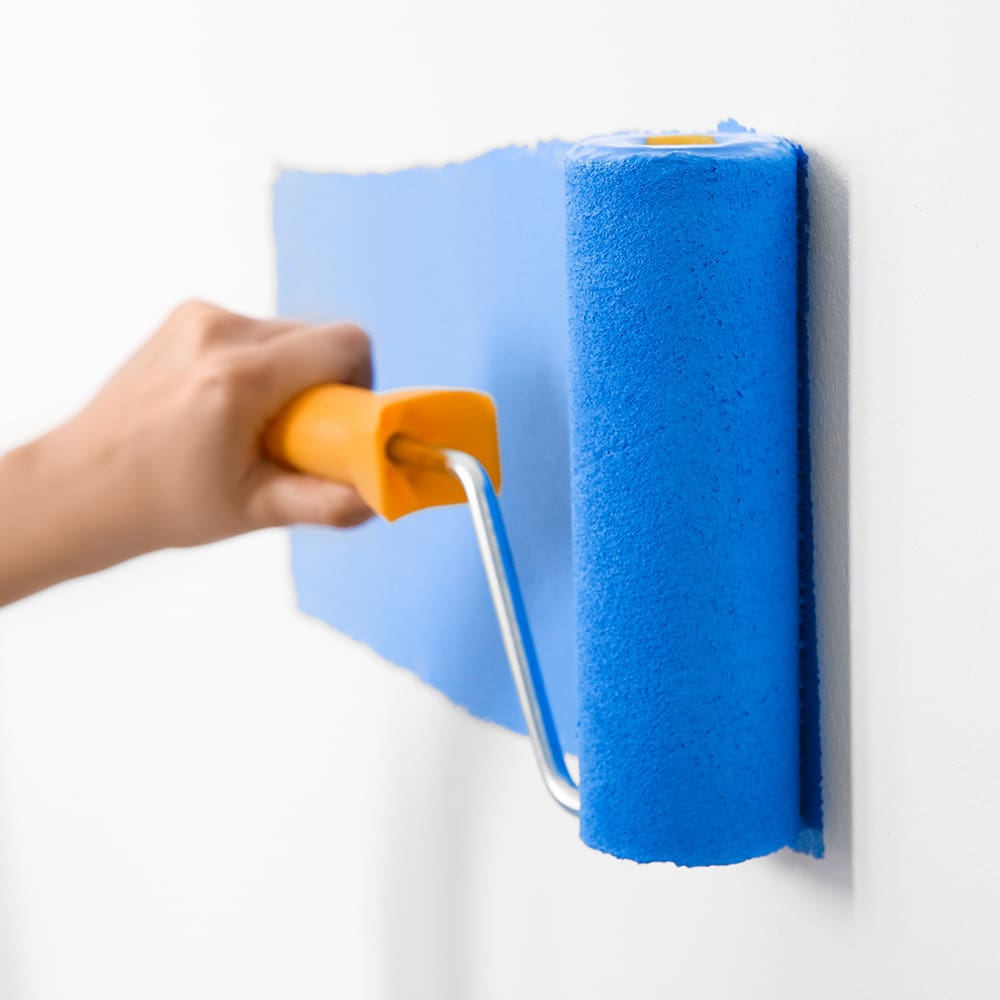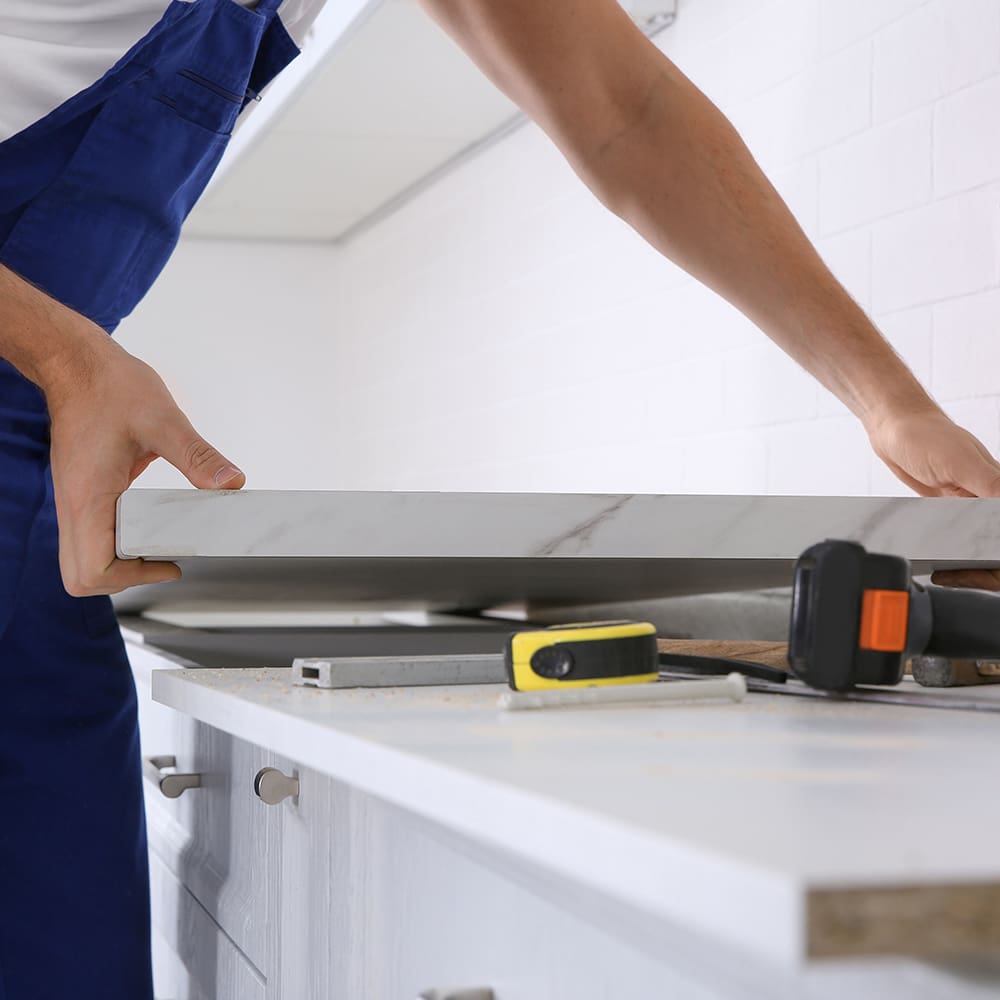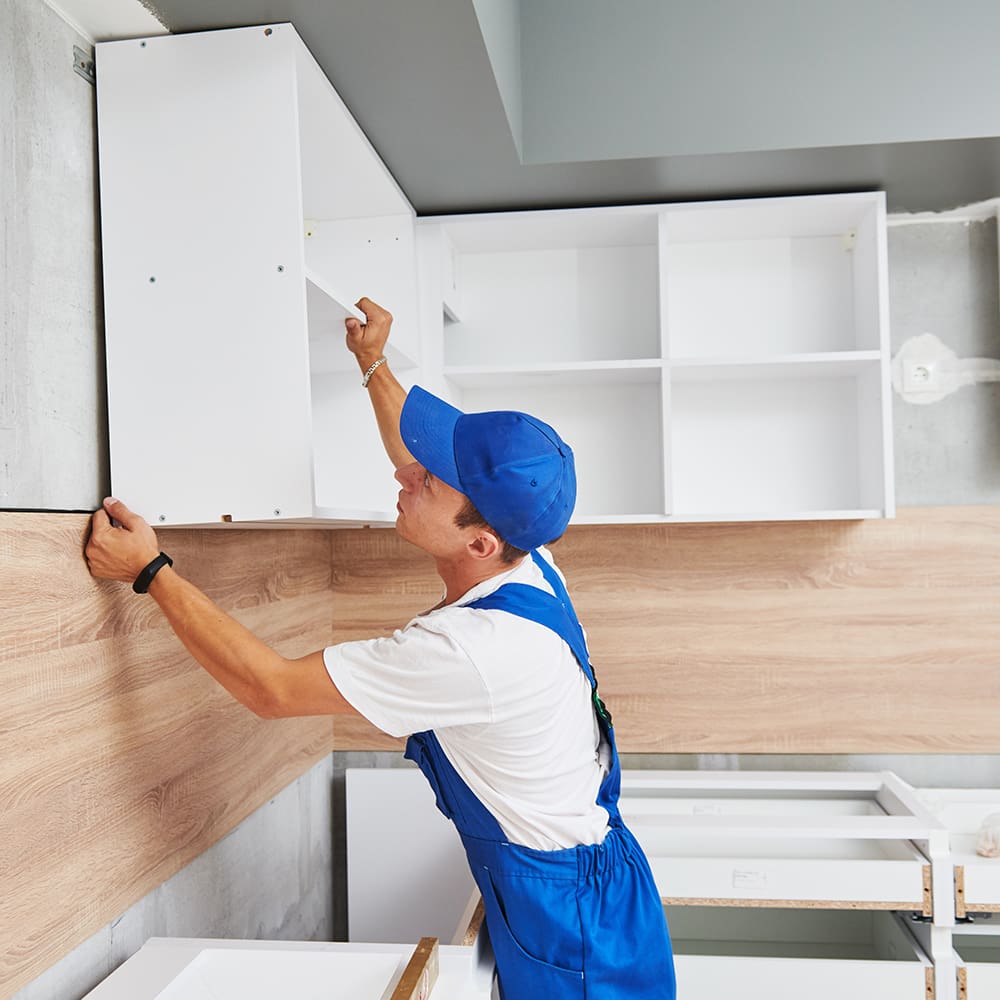Cost of Tile – Tiling Your Home on a Budget Without Sacrificing Style

Home renovations that include tile installation can transform the look of your kitchen or bathroom. However, the cost of tiling is a concern for many homeowners. This guide will help you understand what factors influence tile installation costs and how to make informed decisions that fit your budget.
In this article
Home renovations that include tile installation can transform the look of your kitchen or bathroom. However, the cost of tiling is a concern for many homeowners. This guide will help you understand what factors influence tile installation costs and how to make informed decisions that fit your budget.
Understanding the Basics of Tile Installation Costs
Tile installation costs can vary significantly depending on several key factors. First, consider the type of tile you choose, as materials like ceramic, porcelain, and natural stone each have different price points. The complexity of the design and the layout of your space also play a role in determining costs.
Installation costs often include labor, which can fluctuate based on your location and the expertise of the installer. To get a clear idea of tile installation costs, homeowners should request detailed estimates from multiple contractors to compare pricing and services offered.
Types of Tile and Their Pricing
When deciding on tile options, homeowners face a wide array of choices, each with its own cost implications. Ceramic tiles, known for their affordability and versatility, are a popular choice for budget-conscious projects. Porcelain tiles, though slightly more expensive, offer enhanced durability and a polished look, making them ideal for high-traffic areas.
Natural stone tiles, such as marble, granite, and slate, bring a touch of luxury but come at a premium price. These materials require skilled installation and maintenance. It’s important to weigh the aesthetic appeal against the budget to determine the best fit for your home.
Factors Affecting Kitchen Tile Installation Costs
Several factors influence the cost of kitchen tile installation. The size of the area to be tiled is a primary consideration; larger spaces naturally require more materials and labor, thus increasing overall expenses. Additionally, the condition of your existing floors or walls might demand preliminary work, such as leveling or repairs, which can add to the cost.
The intricacy of the tile pattern you choose can also impact expenses, as complex designs may require more time and precision from installers. Homeowners should discuss their design preferences with contractors to gauge potential cost increases and explore alternative patterns that achieve desired aesthetics at a lower cost.
Understanding Bathroom Tile Installation Costs
Bathroom tile installation costs can differ from kitchen projects due to the unique nature of bathroom environments. Tiles in bathrooms need to withstand moisture, which may necessitate specific types of tiles or additional waterproofing measures, both of which can increase costs. The average bathroom size is smaller than a kitchen, but the labor-intensive nature of intricate layouts and designs can make bathroom projects relatively expensive.
Another factor affecting bathroom tile installation costs is the preparation of underlying surfaces. Proper waterproofing and substrate preparation are crucial to avoid future water-related issues, often requiring extra time and materials that impact the budget. Considering these factors will help homeowners better estimate overall bathroom tile installation costs.
Strategies for Reducing Tile Installation Costs
Homeowners looking to minimize tile installation costs can take several strategic approaches. Opting for standard-sized tiles instead of custom or oversized options can help save on material expenses. It’s also wise to choose simpler patterns and limit intricate designs to focal points, thereby reducing labor intensity and costs.
Another cost-saving strategy is to purchase tiles during sales or clearance events, allowing homeowners to acquire high-quality materials at discounted prices. Comparing quotes from multiple contractors and negotiating terms can lead to competitive pricing and potential savings on installation fees.
DIY Tile Installation vs. Hiring Professionals
Deciding between a DIY approach and hiring professionals for tile installation is a critical consideration for homeowners. DIY projects can save money on labor costs, allowing homeowners to allocate their budget toward higher-quality materials. However, successful DIY tile installation requires skill, patience, and access to the right tools.
Hiring professionals ensures a high-quality, efficient installation, reducing the risk of errors that may prove costly in the long run. Homeowners should weigh their skills, available time, and budget constraints when choosing between DIY and professional installation options.
Conclusion
Understanding the various factors affecting tile installation costs enables homeowners to make informed decisions that align with their budget and design preferences. By considering tile types, project size, complexity, and installation options, homeowners can create beautiful, functional spaces without overspending.




